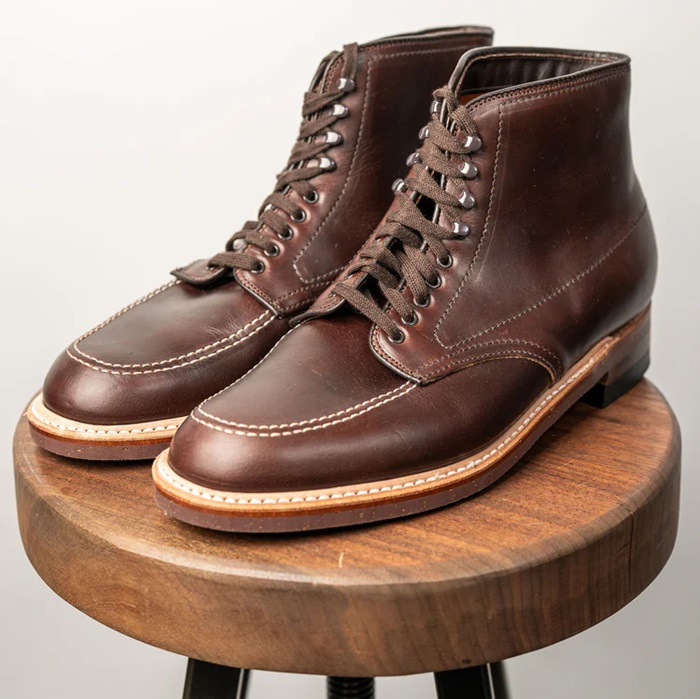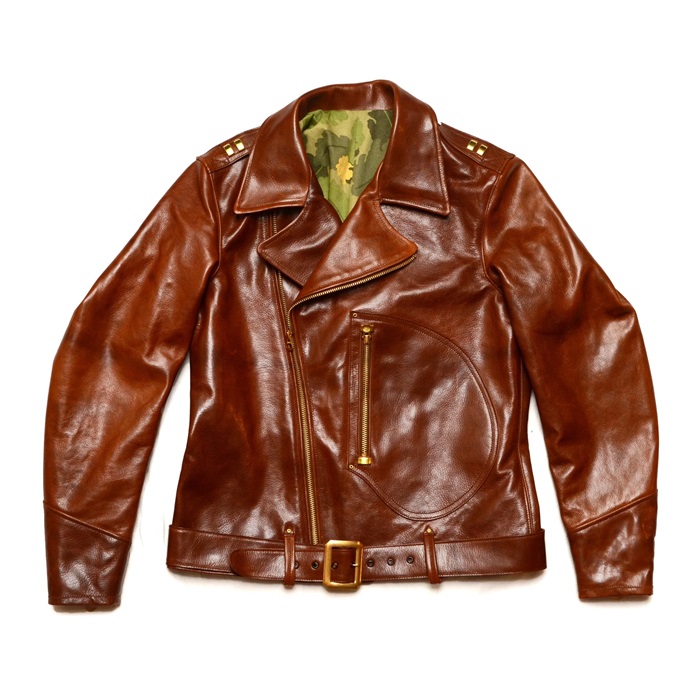green papaya
One Too Many
- Messages
- 1,261
- Location
- California, usa

only 5 cents each


Had a walk-up hot dog stand hot dog for lunch today, but it cost me $2.50. Life is very sad.
 Alden 403 Moc Toe Boot - Brown Chromexcel - $680 The classic "Indy" style Alden Boot in the classic Horween brown Chromexcel.
Alden 403 Moc Toe Boot - Brown Chromexcel - $680 The classic "Indy" style Alden Boot in the classic Horween brown Chromexcel.  Grant Stone Diesel Boot Dark Olive Chromexcel - #395 Goodyear welted, Horween Chromexcel, classic good looks.
Grant Stone Diesel Boot Dark Olive Chromexcel - #395 Goodyear welted, Horween Chromexcel, classic good looks.  Himel Bros. - The Ross Mk. 1 Leather Jacket Classic D-pocket motorcycle/aviator style jacket.
Himel Bros. - The Ross Mk. 1 Leather Jacket Classic D-pocket motorcycle/aviator style jacket. How sanitary were the hot dog carts back then? Did they have to adhere to strict food handling laws or did anything go?
But when he paid a nickel for a weenie, he got one that was plump, juicy, and all-meat. For two fifty I get one that's skinny and nitrite-injected and all-meat-flavored.
There were health inspectors, but they had a hard time keeping up with the sheer number of "hot dog kennels" that existed. When the hot dog fad was at its peak in the early twenties, ramshackle wooden stands and carts were everywhere -- many of them fly-by-night enterprises that made people very suspicious. The rise of the first fast-food hamburger chains in the twenties -- White Castle, White Tower and the like -- was the direct result of public mistrust of weenie wagons. White Castle and its clones were sheathed in highly-polished porcelain enamel and had a rigorous sanitation code for employees -- setting the pattern that was duplicated later on by McDonalds and Burger King and the rest of the second-generation fast food operations.